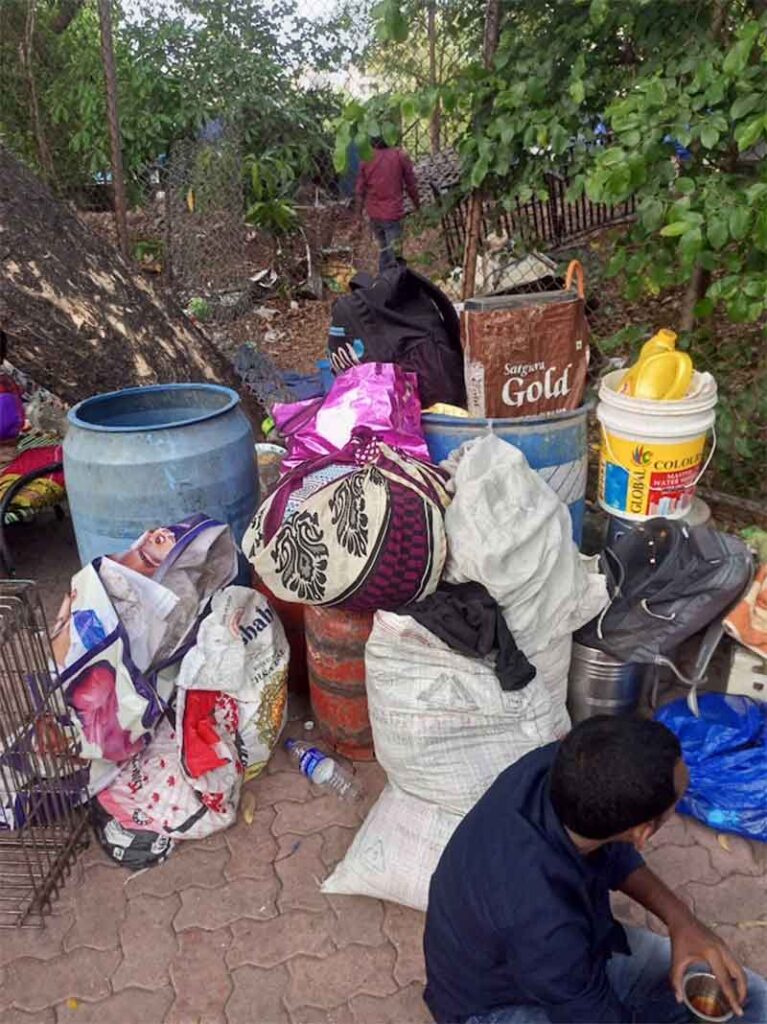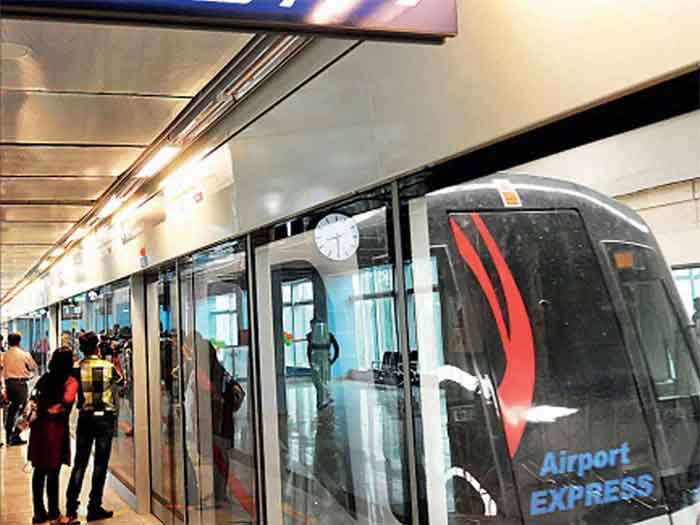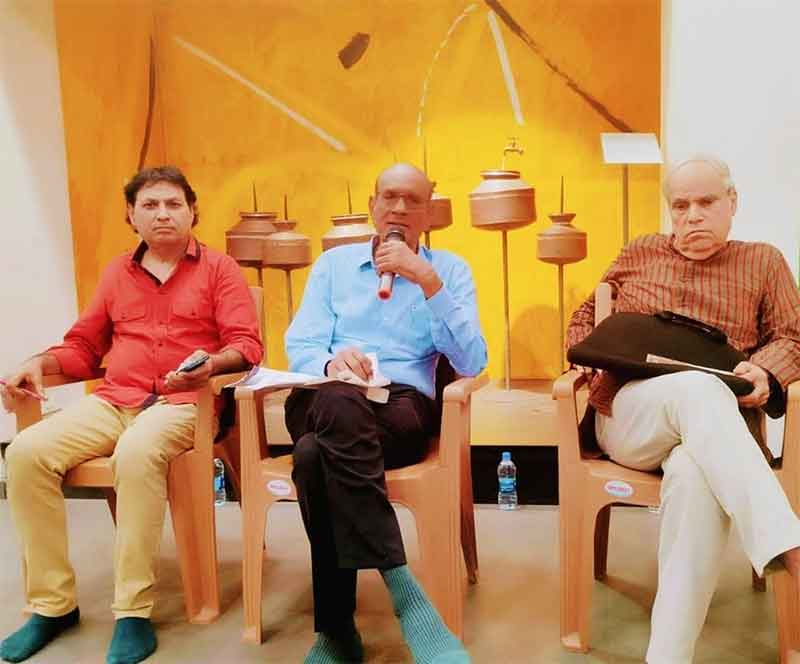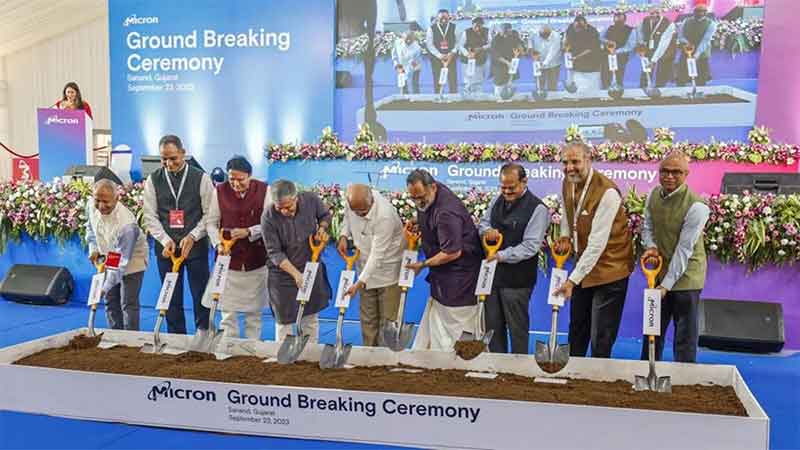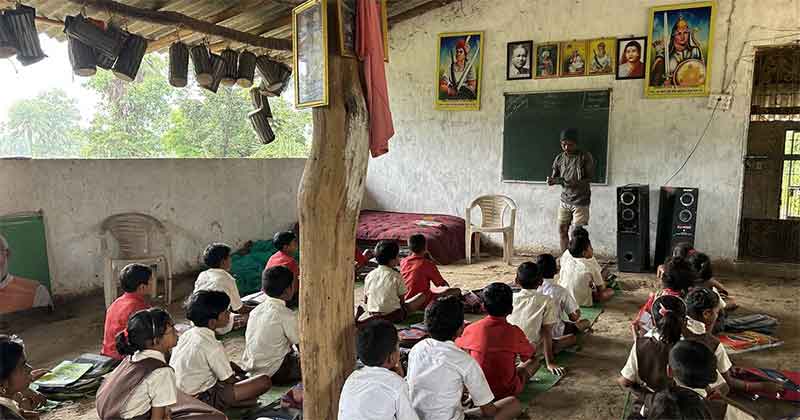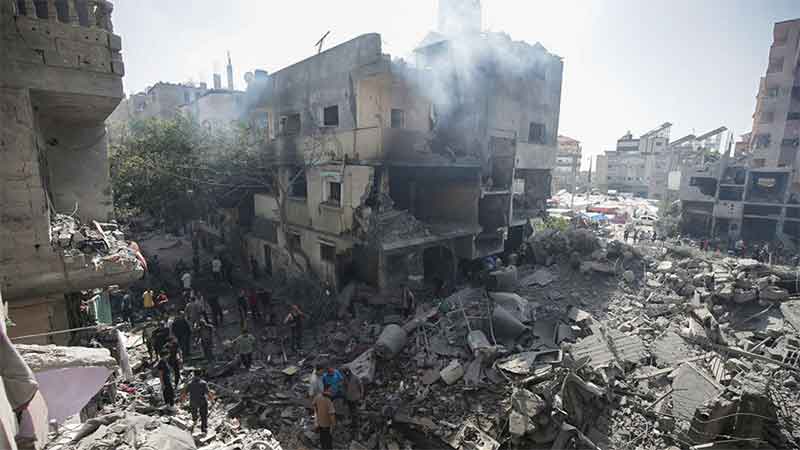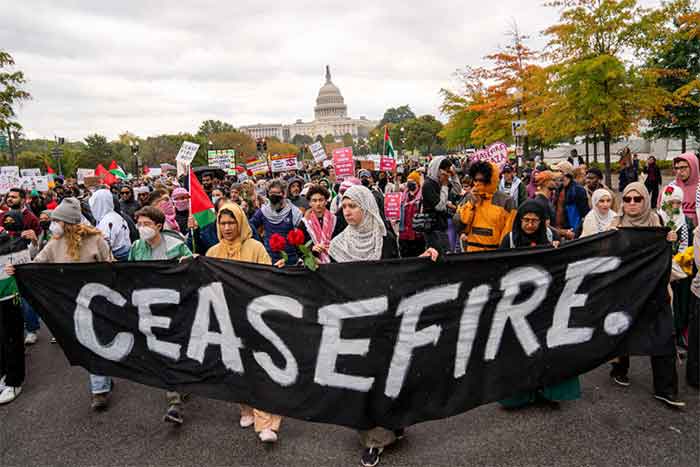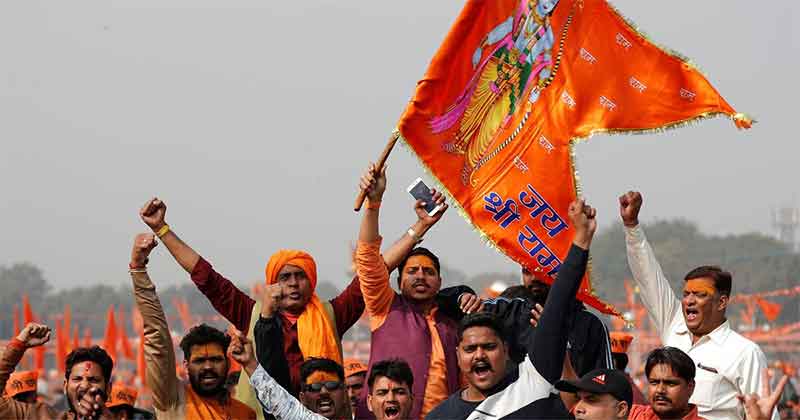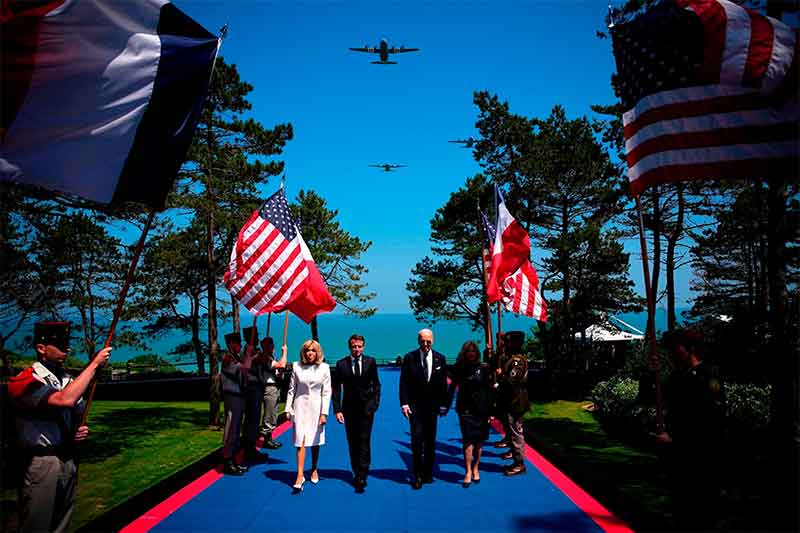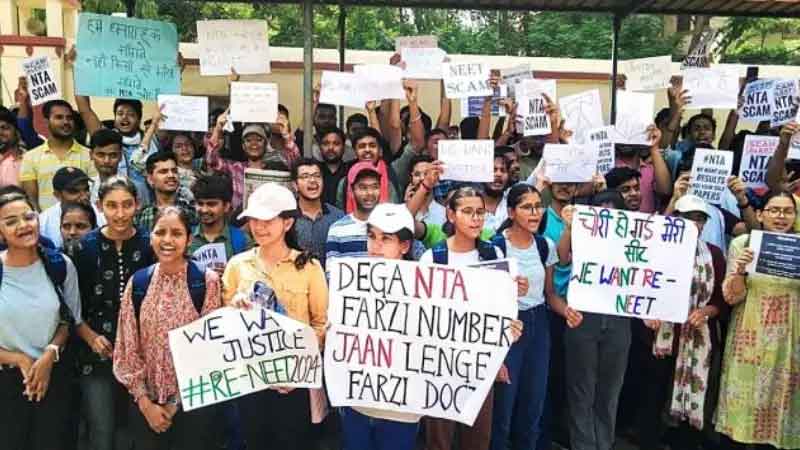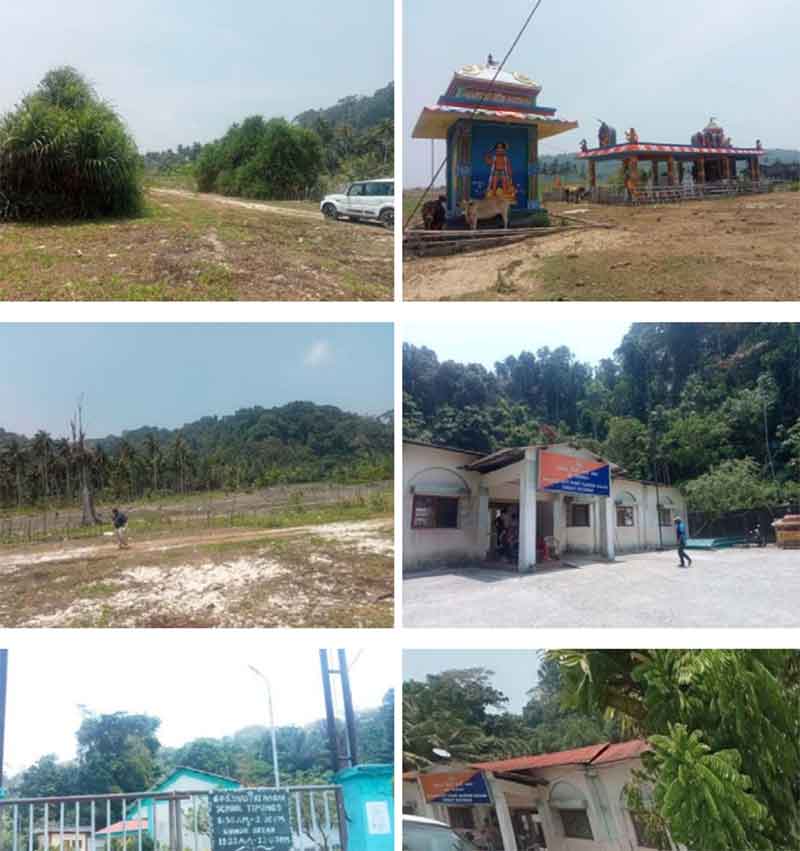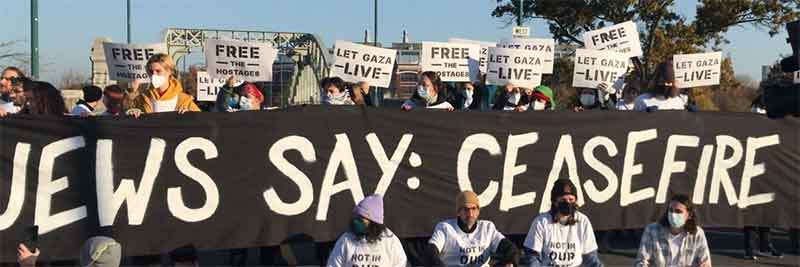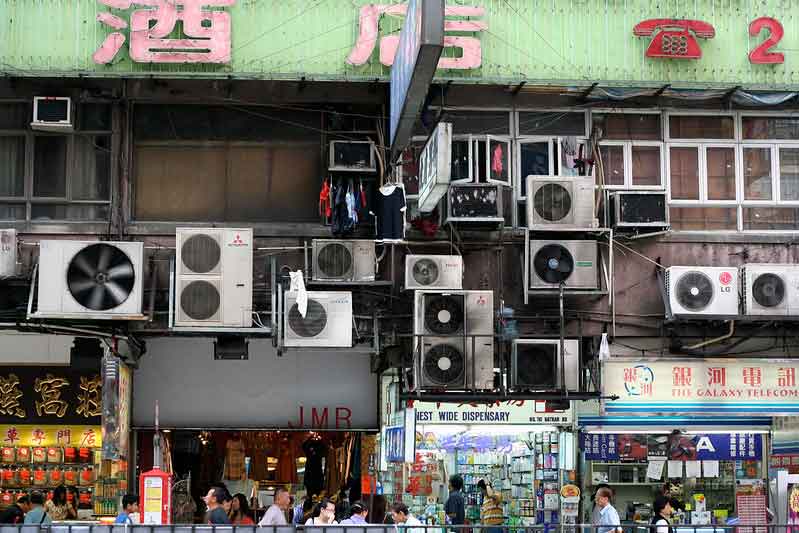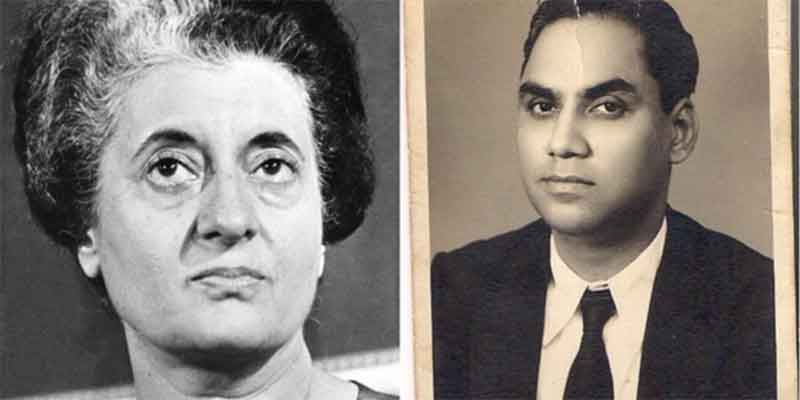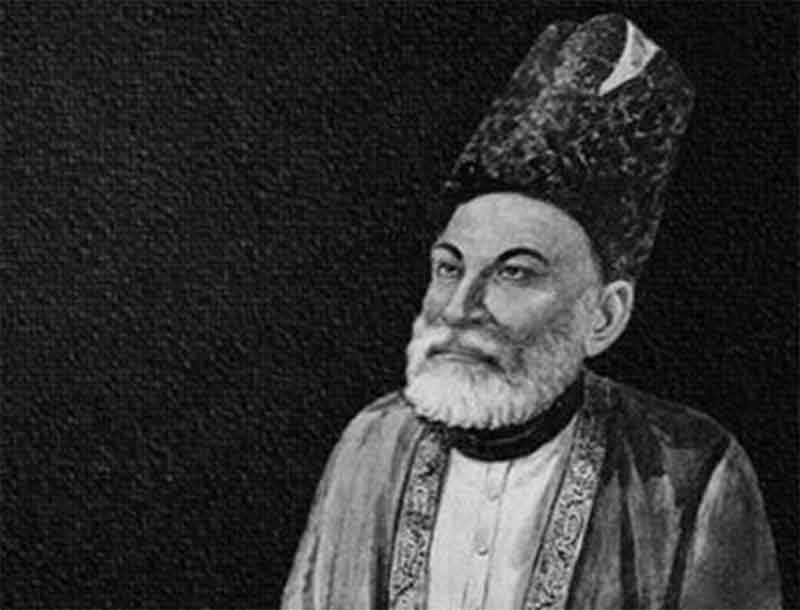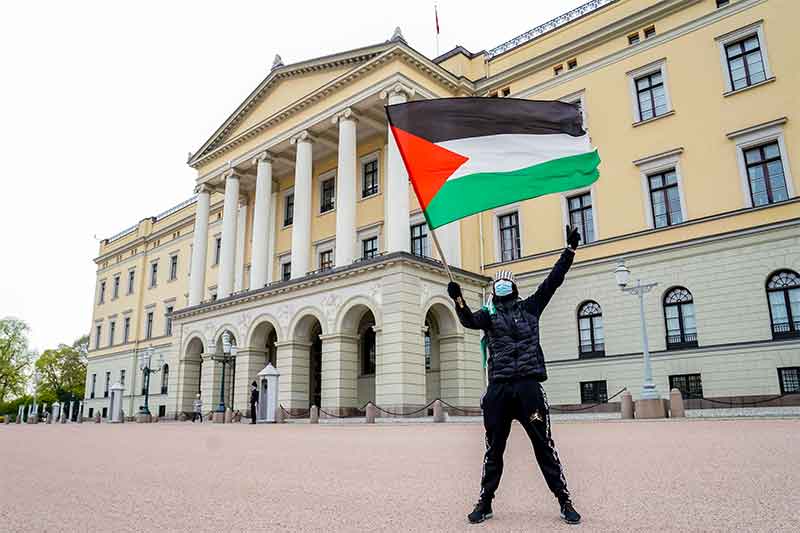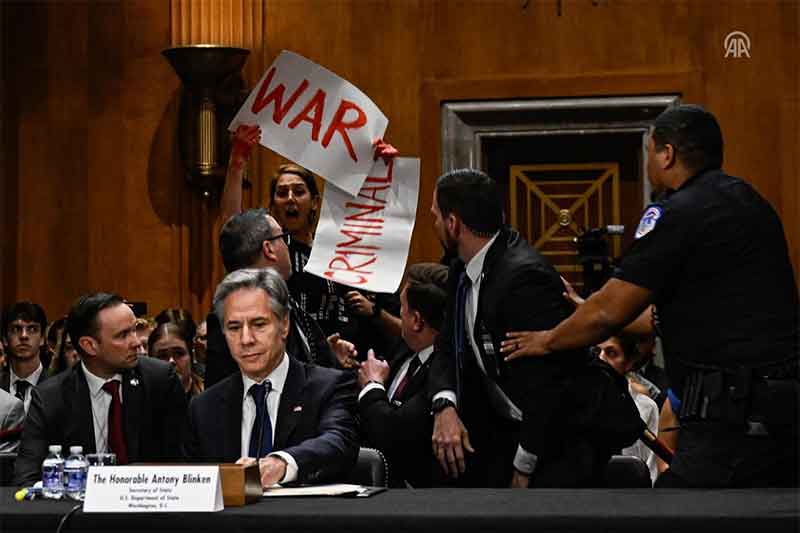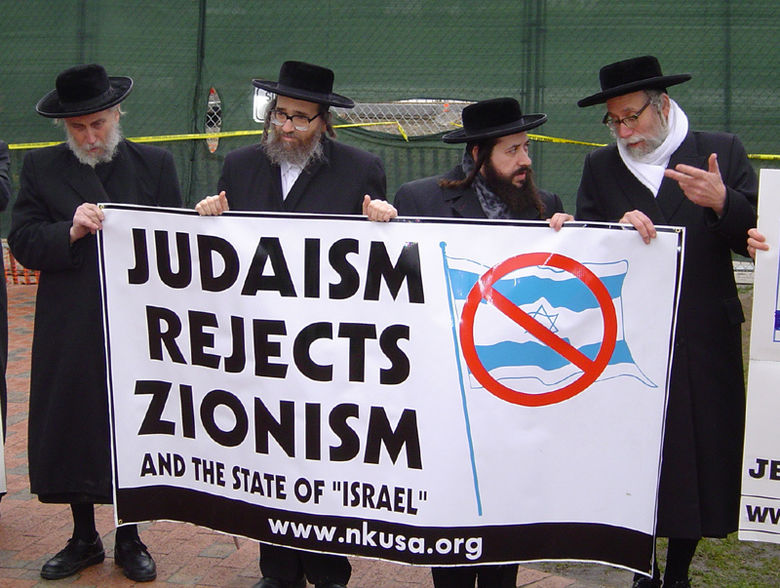
The new municipal commissioner of Mumbai Bhushan Gagrani said in a rather upbeat note at the Press Club on May 21 that the city is going through a big transformation. But the actual perception of many is that this transformation is going on in the negative direction, it is in the interest of the rich and this dissident view was evident in questions posed at the end of his brief talk and the more elaborate one of his mentor, Mr R.C. Sinha. Mr Sinha is the maker of the Mumbai Pune Expressway and the builder of Mumbai’s flyovers in the 1990s. Questions marked by concern over the deteriorating quality of life for many.
Clearly, our planning is based on the wrong American model. But Mr Gagrani seemed to suggest that the New York grid iron plan of 1811 was good. In reality it is seen by some experts as a reflection of raw unregulated capitalism . It created large middle, upper-middle and upper classes, but its need for manpower encouraged immigration into the city on an unprecedented scale, with mixed results. The famed “melting pot” was brought into being, from which multitudes have since arisen in the pursuit of the American Dream. For them life remained poor and dreary.
Our politicians and bureaucrats need instead to adopt the model of Patrick Geddes, much nearer home, the distinguished urban planner, who had a humane vision, not a capitalist vision, who did so much work in India.
Sitting in the audience was Indra Munshi, former head of the department of sociology of Mumbai university and author of a book on Geddes.
Her book explores Patrick Geddes’ significant contributions to urban planning and sociology. His vision of the city, rooted in the principles of social development and preservation of cultural and ecological resources, has inspired generations of urban planners, architects and social scientists engaged with contemporary urban issues.
The book discusses Geddes’ early experiments with urban renewal in Edinburgh, the famous Cities and Town Planning Exhibition and his work in India for the improvement of cities and towns with minimal financial and human cost. It examines the theoretical underpinnings of his ideas in relation to issues such as better housing and health; the preservation of history and culture; the role of a citizen; university and urban renewal; and the contemporary urban ecological crisis among others. Furthermore, it looks at the question of sustainability in the context of Geddes’ vision of a more humane, social, natural and aesthetic town and city.
Mr R.C. Sinha said in an almost accusatory, admonishing tone – don’t compare Mumbai and London bus service. In London the bus fare is very high., while it is so low in Mumbai.But he may not be quite right there. The latest from the Mayor of London suggests that the fare there is frozen for some time and has not risen with the cost of living. Yes, the London fare is high but from the point of view of Indian rupee, not by London standards.
Besides, the authorities have the worst set of double standards, a double speak, if one may point out. Look at the very very heavy subsidy given to motorists all over Mumbai, lakhs of spaces all free and causing so much misery to common people. And all the subsidy for the Metro, all the loans given to Metro projects, highly pampered, time consuming projects, though the performance of Metro is exceedingly poor. The government goes out of its way to borrow money from Japan and banks for the dubious Metro project and totally neglects the real life line the BEST bus service.
And the authorities do not seem to have the slightest idea of the disruptive role of a the Metro work for which there is not the slightest expression of apology, regret.They are so obsessed with their grandiose project.
As I came out of the Press club after the function I found this assault on people’s basic amenities. The entrance to the CST Metro station, nearing construction, is built right on the footpath. This leaves pedestrians to walk on the road and exposes them to serious injury or death How on earth was this allowed ?.
But one must thank Mr Sinha for publishing his book Transforming India from Within giving an account of his work on several infrastructure projects and making it freely available to the media. I look forward to reading it to get an understanding of the thinking that goes on into such projects which favour a limited section.
At the meeting P.K. Das struck a dissenting note, calling for a planning based on ecological concerns, not based on benefits for a few. He also lamented the build, build mania.
Sonali Upasani, a young urban planning professional, expressed serious concern over lack of footpaths in many areas in Mumbai. The commissioner agreed that improvement is needed.
Vidyadhar Date is a senior journalist and author of a book on public transport

